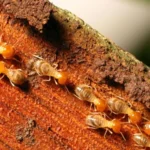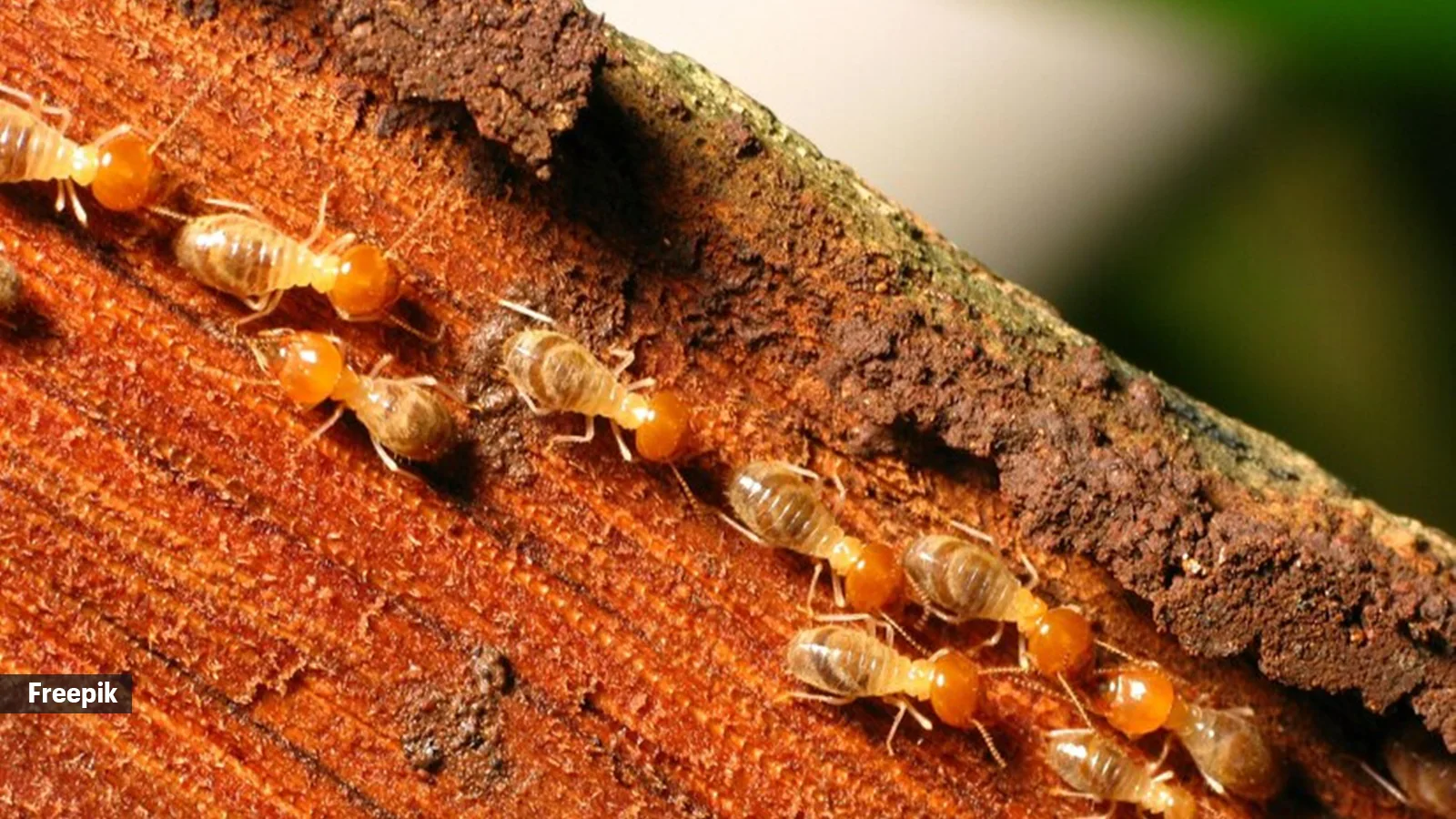A Tiny Threat With Billion-Dollar Consequences…
Did you know termites cause over $5 billion in property damage annually in the U.S. alone? These silent invaders work 24/7, often unnoticed, turning your home’s wooden structures into hollow shells. Termite infestations aren’t just a nuisance—they’re a homeowner’s nightmare. But fear not: with the right knowledge, you can stop them in their tracks.
Understanding the Enemy: How Termites Operate
Termites live in colonies, operating like a well-organized army. Their mission? To feast on cellulose, found in wood, paper, and even insulation. Unlike ants, termites avoid light, tunneling through mud tubes or hidden pathways.
Key Termite Types
| Type | Habitat | Signs of Activity |
|---|---|---|
| Subterranean Termites | Soil, moist wood | Mud tubes, soft wood |
| Drywood Termites | Dry wood | Pellets (frass), hollow sounds |
| Dampwood Termites | Decaying wood | Swarms, damaged damp wood |
Fun Fact: A single queen termite can lay 30,000 eggs per day!
5 Warning Signs You’re Hosting Termites
- Mud Tubes: Pencil-sized tunnels on walls or foundations.
- Frass: Sawdust-like droppings near wooden surfaces.
- Hollow Wood: Tap a beam—if it sounds empty, termites may be inside.
- Swarmers: Winged termites near windows or lights.
- Bubbling Paint: Moisture from termite activity warps surfaces.
Prevention: Building a Fortress Against Termites
Moisture Control: The First Line of Defense
Termites thrive in damp environments. Fix leaks, clean gutters, and ensure downspouts direct water away from your home’s foundation.
Wood-to-Soil Contact: A Recipe for Disaster
Keep firewood, mulch, and wooden decks at least 6 inches away from your home. Use concrete or metal barriers where possible.
Regular Inspections: Don’t Wait for Disaster
Schedule annual inspections with a licensed pest control expert. Early detection can save thousands in repairs.
Treatment Options: Eradicating the Colony
| Method | Cost Range | Effectiveness | DIY-Friendly? |
|---|---|---|---|
| Liquid Termiticides | 500−500−1,500 | High | No (Professional) |
| Bait Stations | 300−300−800 | Moderate-High | Partial |
| Heat Treatment | 1,200−1,200−3,000 | High | No |
| Orange Oil (Spot) | 50−50−200 | Low | Yes |
Note: DIY solutions like orange oil work for small, localized infestations but rarely eliminate entire colonies.
Debunking Myths: What You Think You Know
- Myth: “New homes are termite-proof.”
Truth: Termites don’t discriminate—they’ll invade any wood, old or new. - Myth: “Termites die in winter.”
Truth: They burrow deeper into soil or wood, remaining active year-round.
FAQs
- “How do I tell termites from ants?”
Termites have straight antennae and uniform waists; ants have elbowed antennae and pinched waists. - “Are termite treatments safe for pets?”
Modern termiticides are low-toxicity when dry, but consult your exterminator for pet-safe options. - “Can I treat termites myself?”
Spot treatments may help, but professional expertise is crucial for colony elimination. - “Do termites spread diseases?”
No, but their damage can compromise structural safety, leading to costly repairs. - “How much does professional treatment cost?”
Average costs range from 500 to 3,000, depending on infestation severity and method.
Act Now: Protect Your Home Today
Termite infestations won’t resolve on their own. Start with moisture control, schedule an inspection, and consider preventive treatments. Remember: the cost of prevention pales in comparison to rebuilding a home.
Your Next Steps
- Inspect your home for the 5 warning signs.
- Call a pest control pro for an assessment.
- Share this guide with a neighbor—termites don’t stop at property lines!











